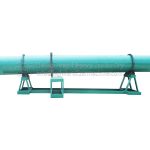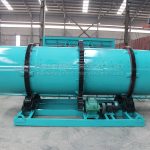Drum Fertilizer Cooler
Dryer Cooler Coating Machine
Let’s Start Work
Together
Please feel free to contact us. We will get back to you with 1-2 business days. Or just call us now.
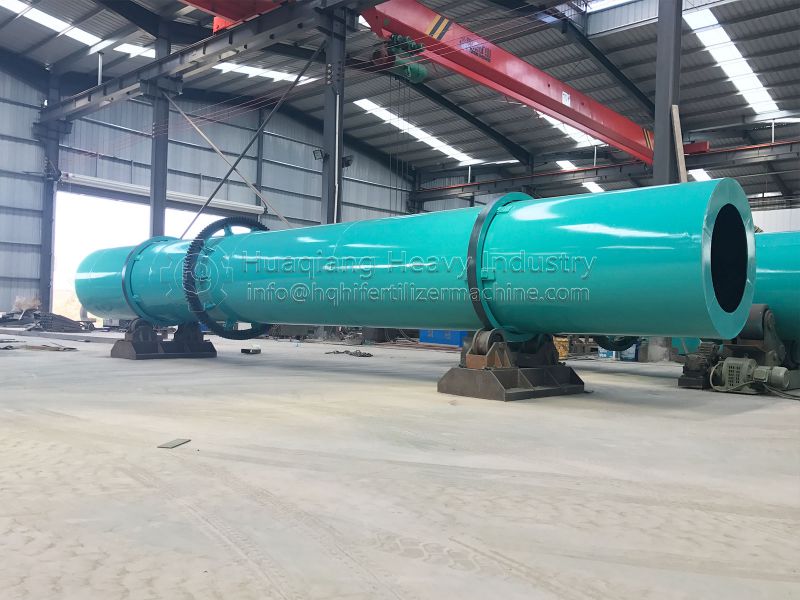

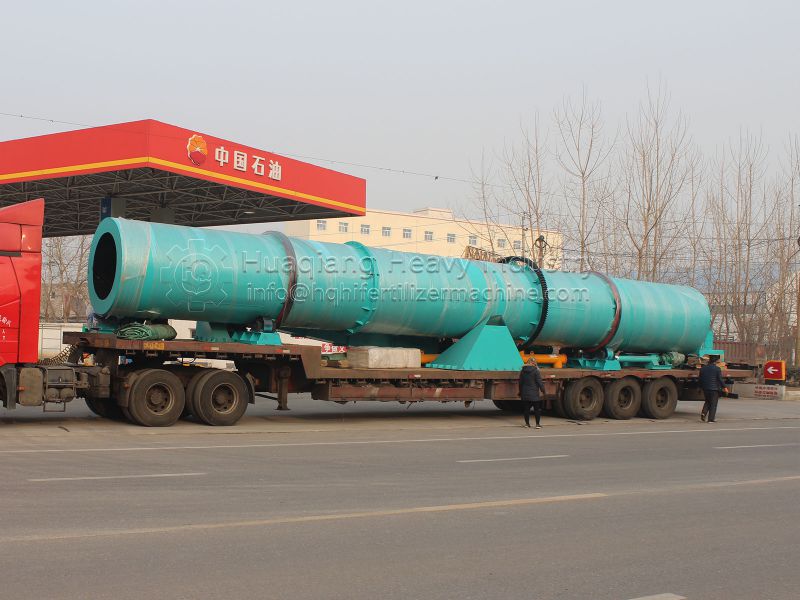
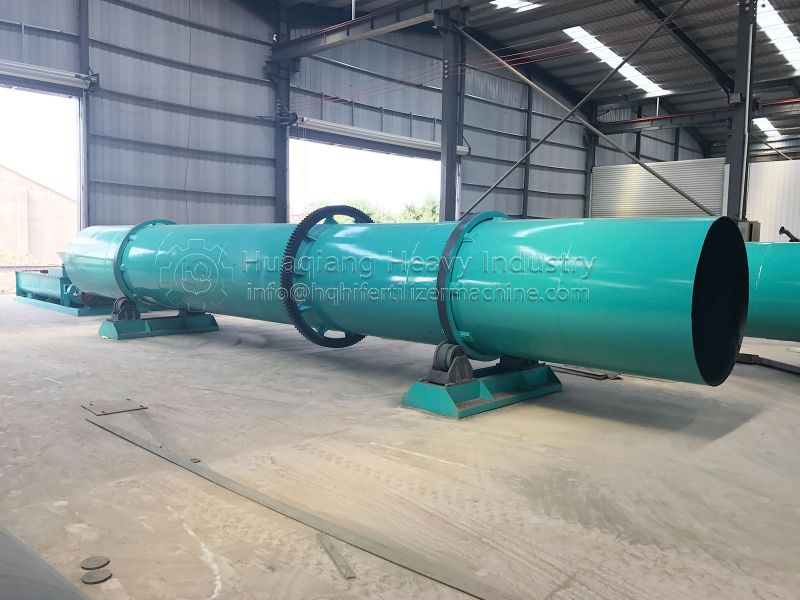
Drum Fertilizer Cooler
Drum cooler, also known as rotary cooler, is a device used for cooling high-temperature materials, widely used in industries such as cement, chemical, metallurgy, and building materials. Its main function is to cool high-temperature materials to a suitable temperature through heat exchange, facilitating subsequent storage, transportation, or further processing. The drum cooler has the characteristics of high cooling efficiency, large processing capacity, and simple operation, and is a key equipment in material cooling and processing.
Equipment Structure And Composition
The drum cooler is mainly composed of the following parts:
Drum body: The drum is the core part of the equipment, equipped with cooling devices and lifting plates inside, used to lift materials, increase the contact area between materials and cooling media, and improve cooling efficiency.
Transmission device: including electric motor, reducer, gear, idler, etc., providing rotational power for the drum.
Inlet and outlet: The inlet is used for the entry of high-temperature materials, while the outlet is used for the discharge of cooled materials.
Cooling medium supply system: Provides cooling medium, commonly including air, water, or refrigerant.
Supporting device: including rolling rings and supporting wheels, supporting the drum body to ensure its stable rotation.
Sealing device: prevents leakage of cooling medium and materials, and improves cooling efficiency.
Control system: including temperature control, speed control, etc., to ensure the stability and efficiency of the cooling process.
Working Principle
The working principle of a drum cooler is that high-temperature materials enter the drum from the feed inlet, and the drum rotates slowly under the action of the transmission device. Inside the drum, the material is in full contact with the cooling medium (such as cold air), and through heat exchange, the heat of the material is carried away by the cooling medium, thereby achieving cooling. The material inside the drum is lifted and then dropped by the lifting plate as the drum rotates, forming a rolling state, increasing the contact area between the material and the cooling medium, and improving the cooling efficiency. The cooled material is discharged from the discharge port, and the cooling medium (such as air) is discharged through the exhaust port.
Equipment Features
High cooling efficiency: The drum cooler has high cooling efficiency and large processing capacity through direct heat exchange, and is suitable for cooling a large amount of high-temperature materials.
Strong adaptability: able to handle materials of various sizes and shapes, suitable for cooling different types of materials.
Simple structure and easy maintenance: The drum cooling machine has a relatively simple structure and is easy to maintain and operate.
Low energy consumption: Compared with other cooling methods, the cooling process of the drum cooler has lower energy consumption, especially when processing large amounts of materials, with significant energy-saving effects.
Flexible operation: By adjusting parameters such as drum speed and cooling medium flow rate, the cooling degree can be controlled to meet the cooling needs of different materials.
Heat recovery potential: The heat medium (such as hot air) discharged from the drum cooler can be recycled and reused, such as preheating other materials or used for drying, to improve energy utilization efficiency.



